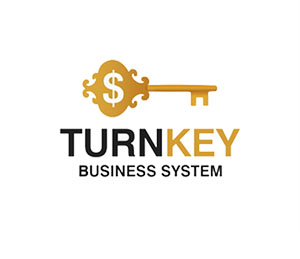How to Start Investing with $100: Smart Strategies

How to Start Investing with $100: Smart Strategies
Search interest for “investing with small amounts” has grown sharply since 2023, especially among Gen Z and Millennials.
Experts highlight that digital brokers with fractional shares are driving this trend, making financial markets more inclusive worldwide.
Many beginner investors mistakenly believe that investing requires thousands of dollars to start. In reality, even $100 can become the foundation of your future capital—if used wisely.
Thanks to fractional shares, robo-advisors, ETFs, and digital platforms, modern markets have become accessible to everyone. The key is not the amount you start with, but the discipline and strategy you apply.
Experts highlight that digital brokers with fractional shares are driving this trend, making financial markets more inclusive worldwide.
Many beginner investors mistakenly believe that investing requires thousands of dollars to start. In reality, even $100 can become the foundation of your future capital—if used wisely.
Thanks to fractional shares, robo-advisors, ETFs, and digital platforms, modern markets have become accessible to everyone. The key is not the amount you start with, but the discipline and strategy you apply.
Why $100 Is Enough to Begin
The myth of a “big entry threshold” into investing is outdated. Digital brokerages and fintech apps allow investors to buy fractional stocks, diversified ETFs, and even cryptocurrencies with small amounts. For beginners, this means:Low barriers to entry — no need to wait years to save large capital.
Practical learning — you gain experience directly in the market, not just from books.
Compound growth — even small sums grow significantly if invested consistently over time.

How to Start Investing with $100: Smart Strategies
Smart Strategies for $100 Investing
1. Fractional Shares of Blue ChipsPlatforms like Robinhood, Fidelity, or Interactive Brokers allow you to buy a fraction of Amazon, Apple, or Tesla shares. With $100, you can diversify across several companies instead of betting on just one.
2. ETFs and Index Funds
Exchange-traded funds (ETFs) are one of the safest and most efficient ways to start. With $100, you can buy a share of an S&P 500 ETF (e.g., SPY, VOO) or a sector-specific fund (technology, healthcare, renewable energy). ETFs reduce risks by spreading investments across many companies.
3. Robo-Advisors and Automated Portfolios
Services like Betterment or Wealthfront create portfolios for beginners automatically. You can deposit $100, and the algorithm allocates funds between stocks and bonds according to your risk profile.
4. High-Yield Savings or Bond ETFs
If you’re extremely risk-averse, consider bond ETFs or high-yield savings accounts. Returns will be modest but safer compared to stocks or crypto.
5. Dollar-Cost Averaging (DCA)
Instead of investing a lump sum, split your $100 into smaller weekly or monthly investments. This method reduces the impact of market volatility and creates the habit of disciplined investing.
Key Risks and How to Manage Them
Over-diversification with tiny sums — spreading $100 too thinly may reduce potential growth.High commission platforms — choose brokers with zero or minimal fees, otherwise costs eat into returns.
Emotional trading — avoid chasing “hype” assets; discipline is crucial.
Long-Term Perspective
The real power of $100 is not in its current value but in regular contributions and compound interest. For example, if you invest $100 monthly at an average 8% annual return, in 20 years you’ll accumulate over $58,000.Conclusion
Starting with $100 may not make you rich overnight, but it sets the foundation for financial literacy, discipline, and wealth accumulation. The earlier you begin, the stronger the effect of compounding. Remember: successful investing is not about how much money you have—it’s about how consistently you grow it.
By Miles Harrington
September 17, 2025
Join us. Our Telegram: @forexturnkey
All to the point, no ads. A channel that doesn't tire you out, but pumps you up.
Starting with $100 may not make you rich overnight, but it sets the foundation for financial literacy, discipline, and wealth accumulation. The earlier you begin, the stronger the effect of compounding. Remember: successful investing is not about how much money you have—it’s about how consistently you grow it.
By Miles Harrington
September 17, 2025
Join us. Our Telegram: @forexturnkey
All to the point, no ads. A channel that doesn't tire you out, but pumps you up.









Report
My comments